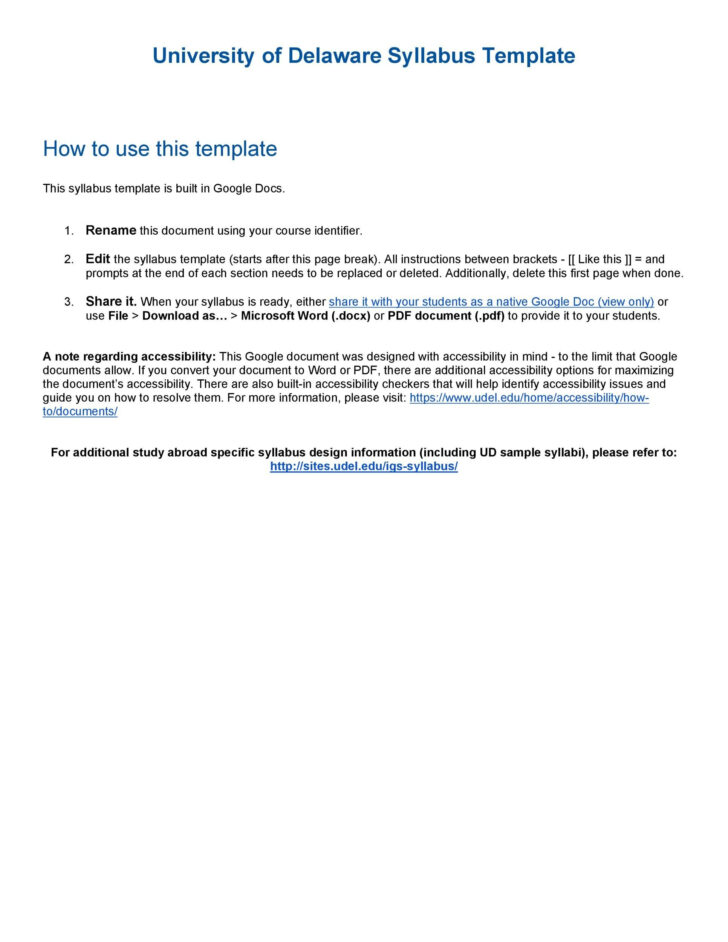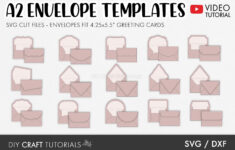Creating a syllabus is not just about listing assignments and due dates; it’s about setting the tone for a successful semester. To start, consider the overall goals and objectives of your course. What do you want your students to learn and take away from the class? Once you have a clear understanding of your course outcomes, you can begin to structure your syllabus in a way that supports these goals.
Setting the Foundation for Success
Next, think about how you will engage your students throughout the semester. Will you include group projects, class discussions, or hands-on activities? By incorporating different teaching methods into your syllabus, you can cater to different learning styles and keep your students actively involved in the material. Remember, a well-rounded syllabus not only outlines the course content but also fosters a dynamic and engaging learning environment.
Lastly, be sure to clearly communicate your expectations to your students. This includes outlining your grading criteria, attendance policy, and any other important classroom policies. By setting clear guidelines from the start, you can avoid confusion and ensure that everyone is on the same page. With a solid foundation in place, you can now move on to building your perfect syllabus template.
Building Your Perfect Syllabus Template
When crafting your syllabus template, start with the basics: course title, instructor information, office hours, and contact information. This information should be easy to find and clearly laid out at the beginning of the syllabus. Next, outline your course objectives and learning outcomes. This section should clearly define what students can expect to learn and achieve by the end of the semester.
After setting the stage with your objectives, move on to the course schedule. Break down the material into units or modules, and include readings, assignments, and due dates for each. This will help students stay organized and on track throughout the semester. Don’t forget to include any additional resources or required materials, such as textbooks or online platforms.
Finally, wrap up your syllabus with a section on grading and assessment. Clearly outline how students will be evaluated, including the breakdown of grades for assignments, exams, and participation. Be sure to include any rubrics or grading criteria to provide transparency and clarity. By following these steps and putting in the time to craft a comprehensive syllabus, you can set yourself and your students up for a successful and productive semester.
In conclusion, crafting the perfect syllabus is an essential step in creating a positive and engaging learning environment for your students. By setting clear goals, engaging teaching methods, and transparent expectations, you can build a syllabus that supports student success and encourages active participation. So, take the time to create a syllabus that reflects your teaching style and course objectives – your students will thank you for it!
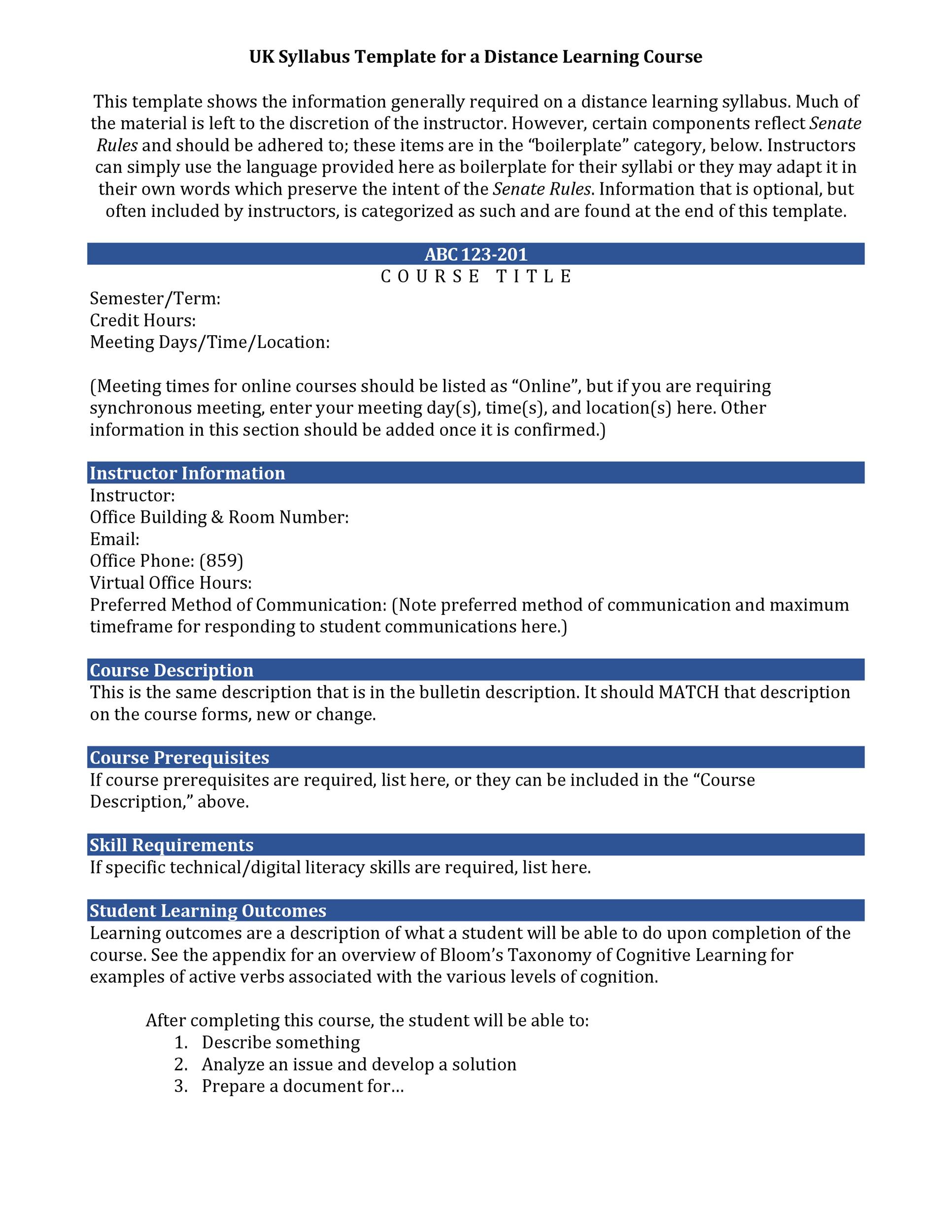
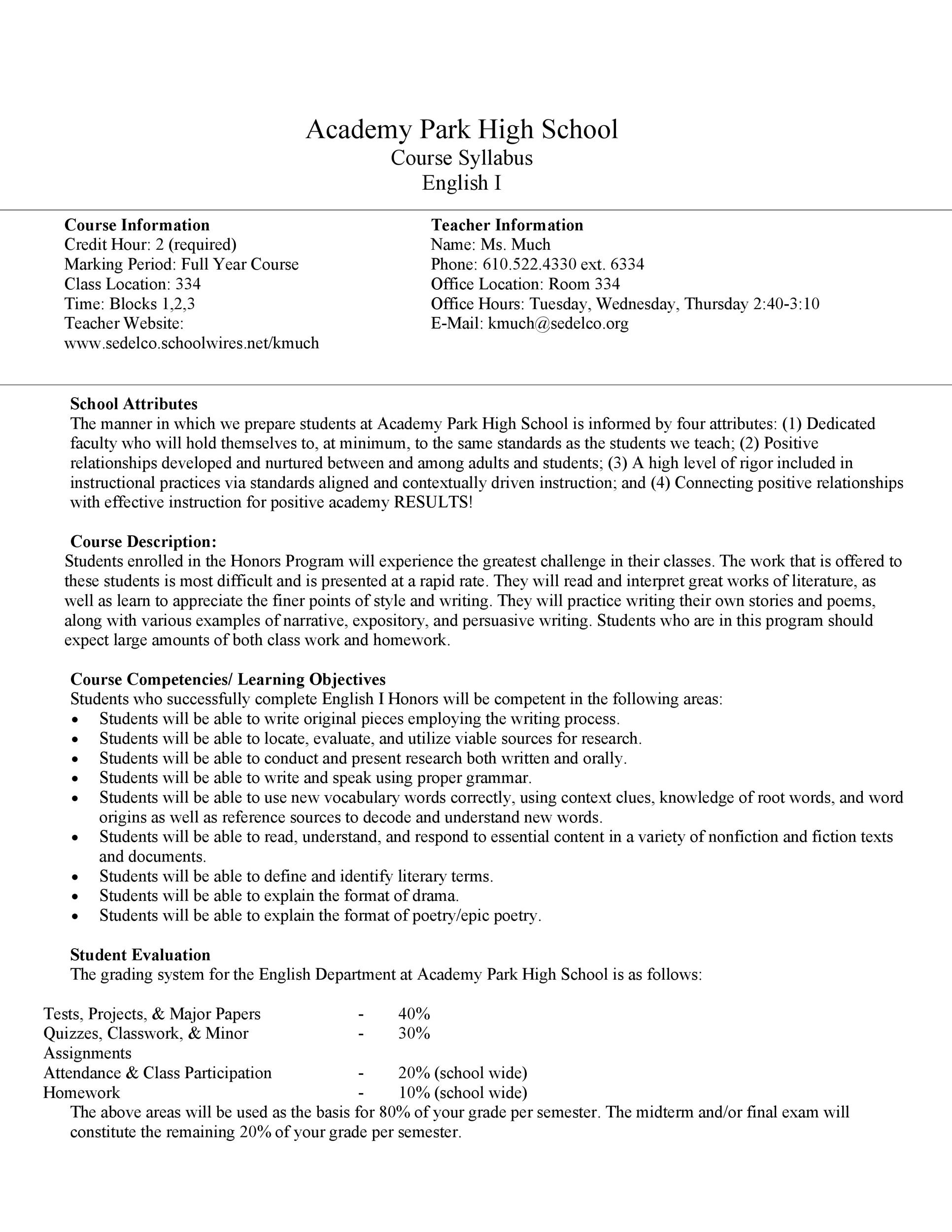
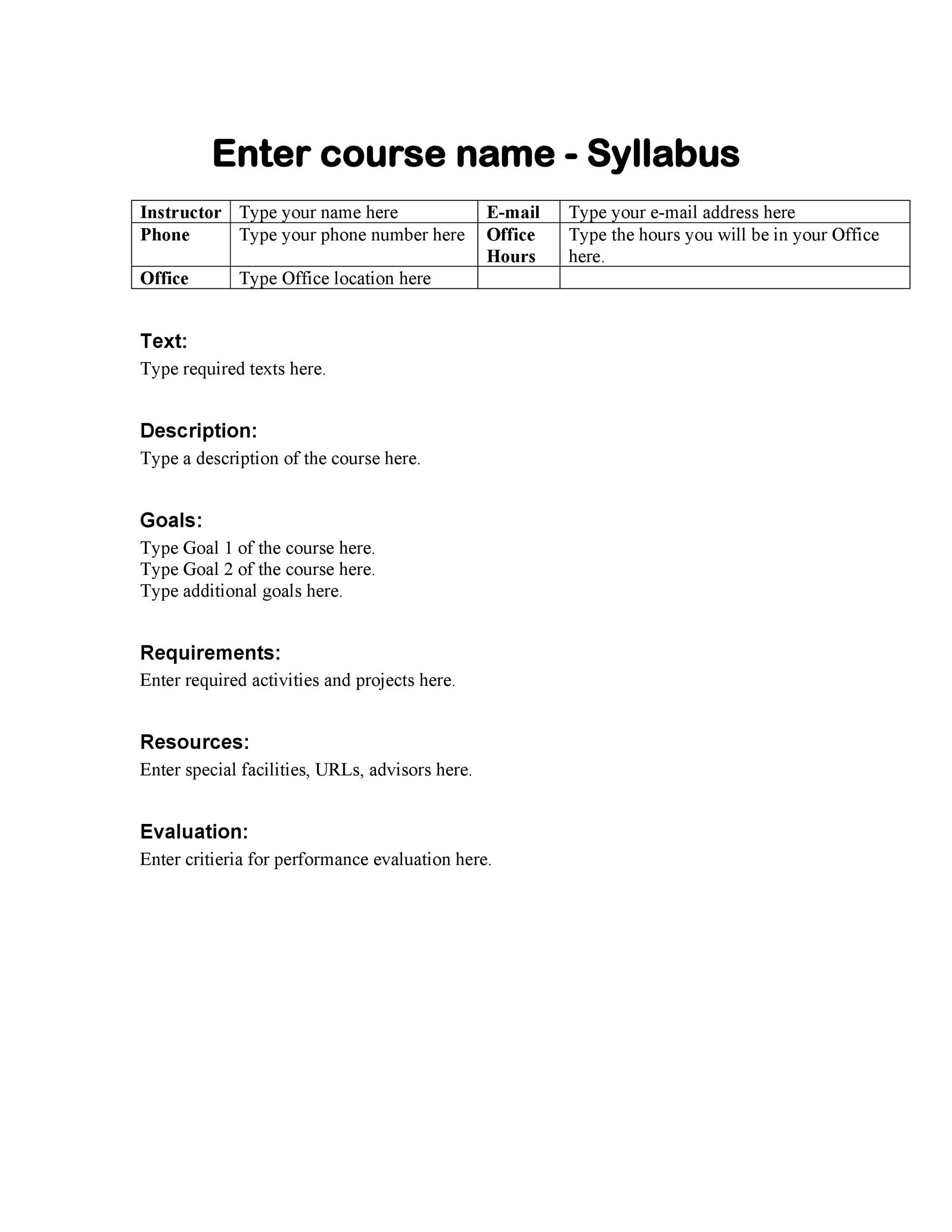
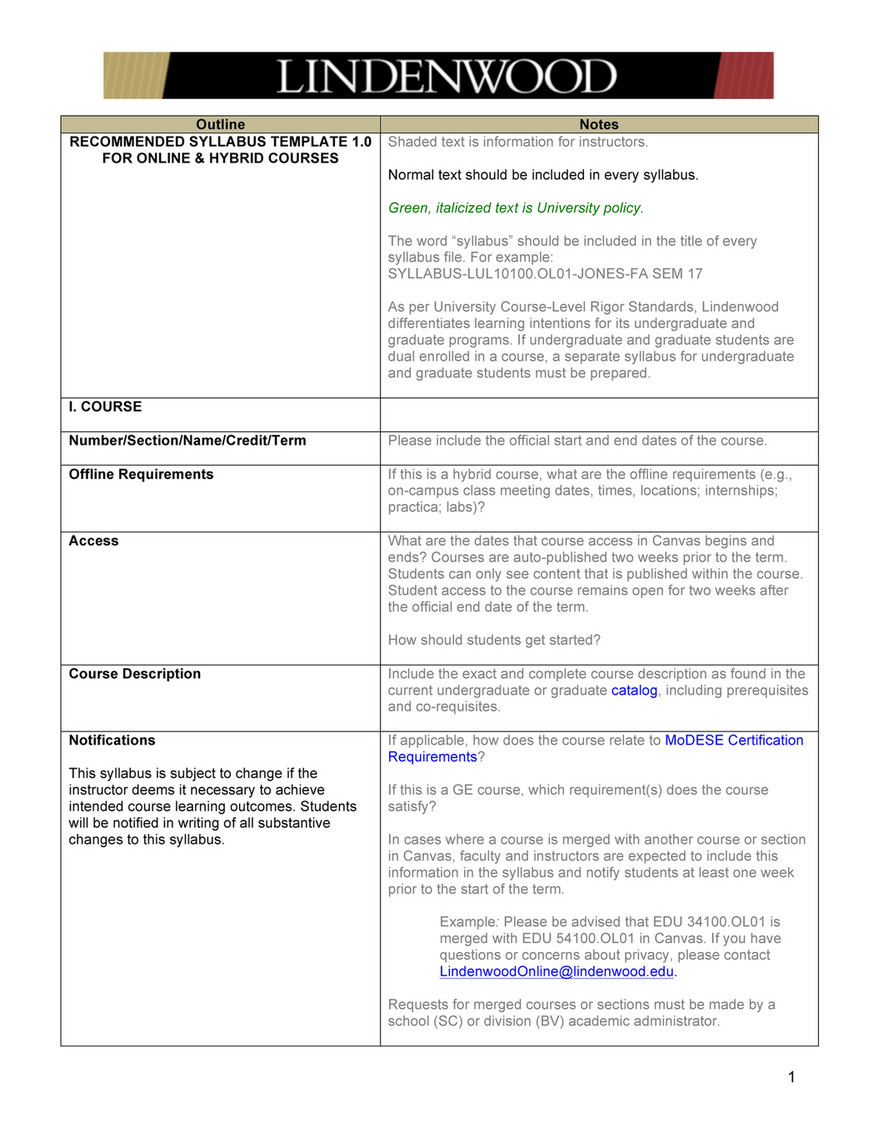
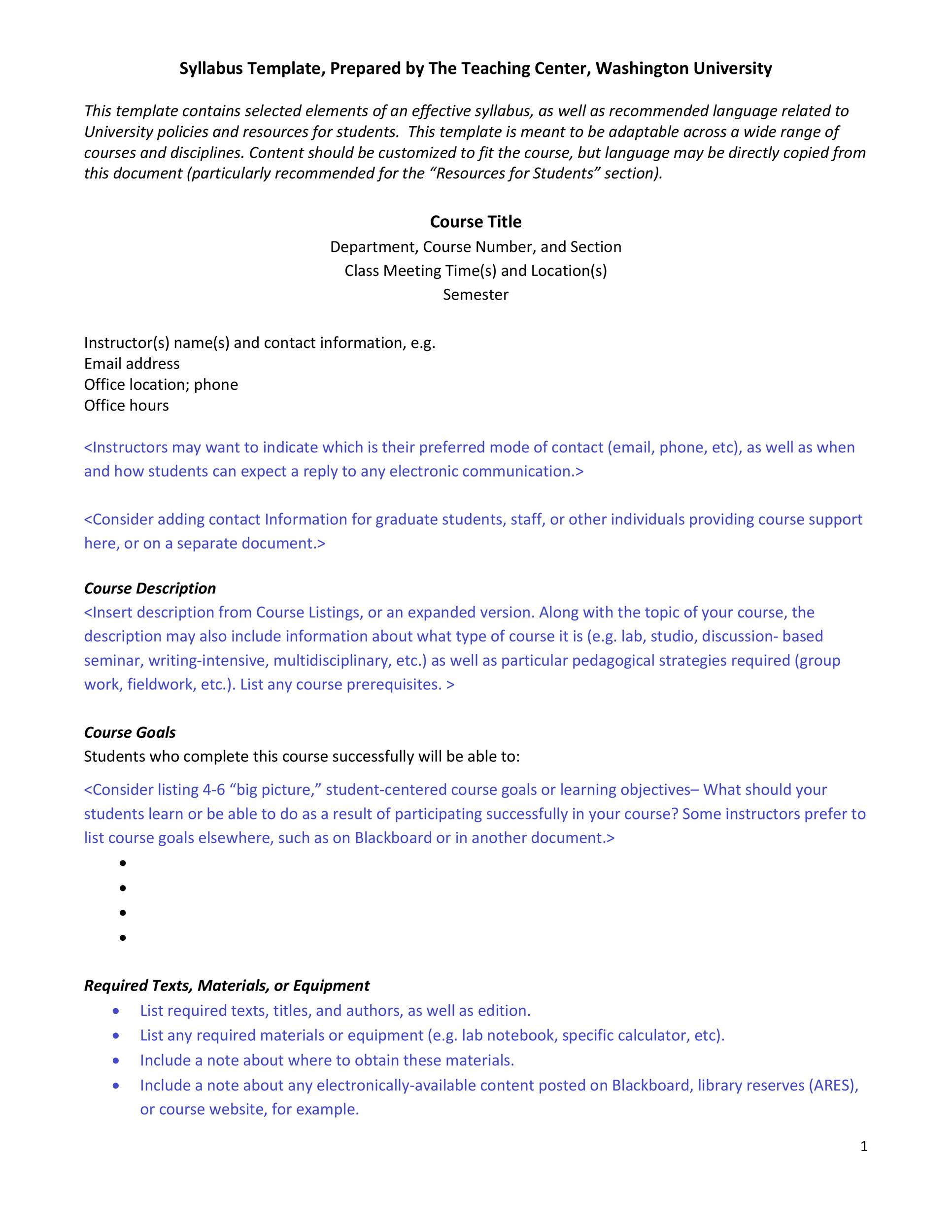
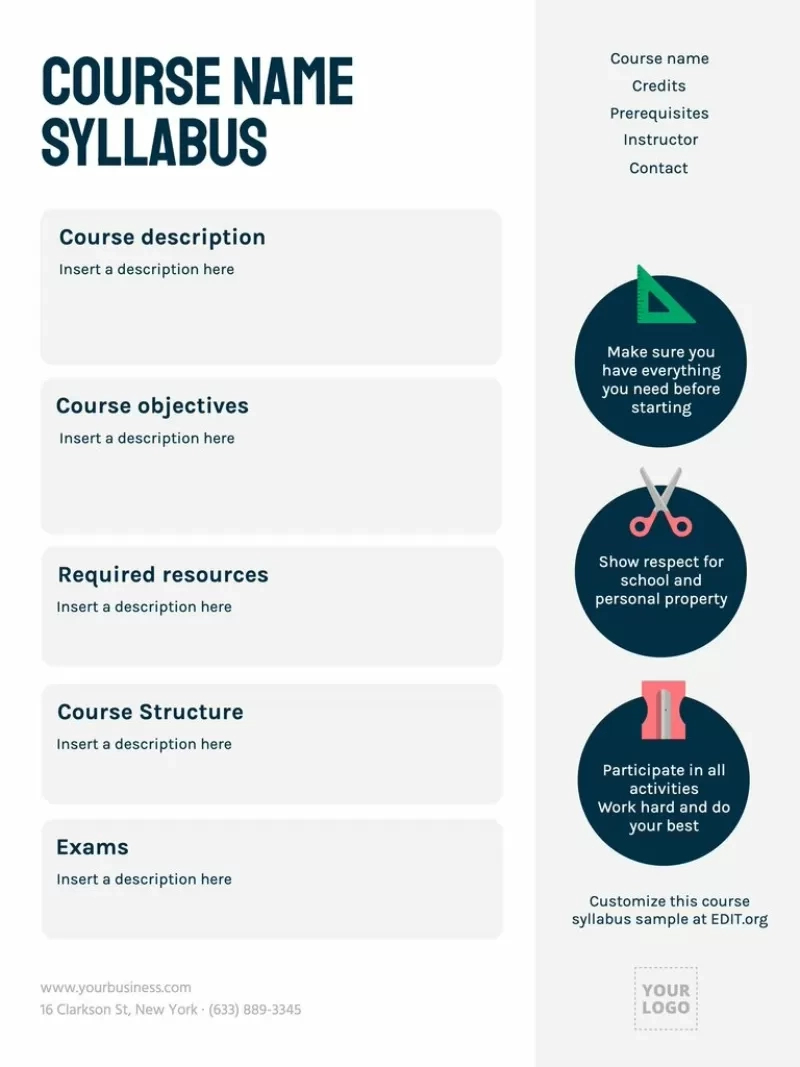
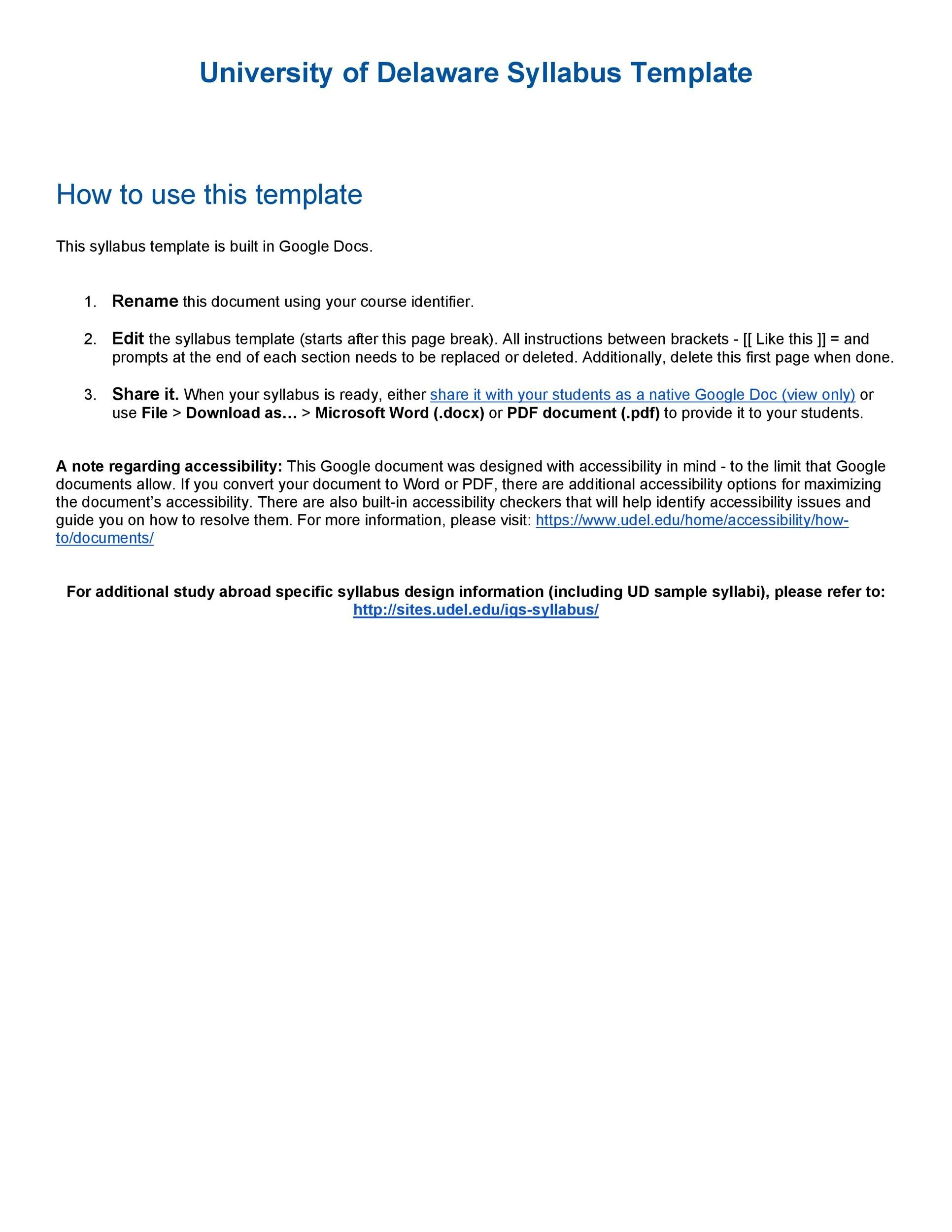

More Template Samples…
Disclaimer: All images on this website are the property of their respective owners. If you are the owner of an image and do not wish for it to be published on this website, please contact us. Upon receipt of your request, we will promptly remove the image in question.
